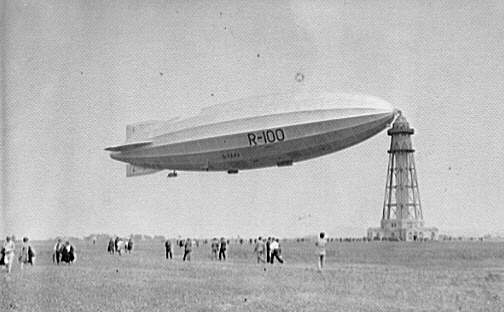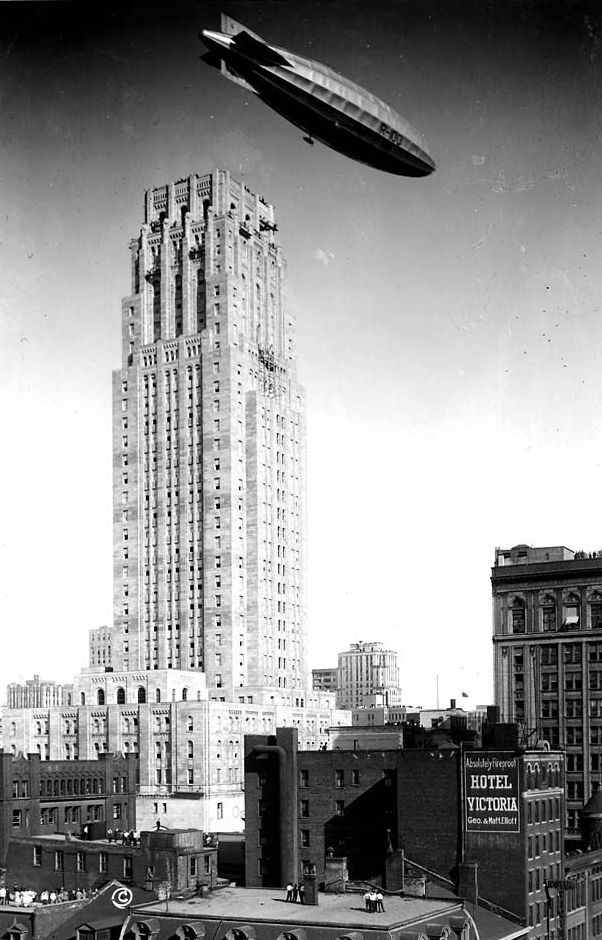As blogged about previously, I bought an oak extending dining table online last year for $20.
It had suffered a catastrophic breakdown into many pieces, the majority of which had been carefully kept by the previous owner for a number of years before he passed away. Most of the joints in the table top had come apart and those that hadn't were on their way to doing so. Using a hot air gun I separated the remaining hide glued joints.
After initially considering re-jointing all of the boards, I decided that it would be best to just clean up the edges with a wire brush and use a polyurethane glue to put them back together. The boards have a unique double tongue edge joint but it had been damaged in places.
Several of the boards were too warped from years apart in the shed to be glued back together flat.
Relief cuts were made in the underside of the warped boards to allow them to flex enough to be straightened under clamping pressure.
One of the boards had a particularly bad split that needed to be completely re-jointed, meaning the table got slightly shorter and the curve no longer met smoothly.
This was then re-shaped with chisels and planes...
...until it blended in as well as possible. Large holes were filled with epoxy.
The turned legs had also suffered the same fate as the table top. Several of the laminations had come apart and most had been saved in a tin by the previous owner.
These had all warped and so were flattened with a hand plane before being glued back on to the legs.
The middle removable section of the extending table top had been lost, so some new rough sawn American Oak was planed and squared and then resawn into two boards per plank on the bandsaw.
Once planed to the thickness of the fattest part of the original tabletop the new board were ready to be edge jointed together. The original top varied from 18mm to 21mm thick, so the new central leaf was made 21mm.
The original leaves were held in place with dowels, glued on one side only. A simple jig was made to transfer the dowel locations from the existing leaf to the new central leaf, and then to re-drill the holes on the remaining leaf to ensure a good fit.
Here is the jig clamped in place. The end blocks ensure the dowels are in exactly the same location on each leaf.
Standard fluted beech dowels were sanded down on one end to allow the leaves to be pushed together comfortably. The drill press was used to hold the dowels and a piece of emery cloth sanded the dowels down to an easy push fit.
The winding mechanism for extending the table had been lost and a quick look online revealed a new one would cost at least $400, so instead small blocks were attached to the underside and lengths of threaded rod used to clamp the leaves together. On one end a nut was rebated into the block and Superglued in place, on the other end a wingnut clamped the leaves together. Note in the photo a folded piece of paper was used as a spacer to allow the blocks to apply clamping pressure to the leaves once the paper was removed.
The ends of the oval table top still remained the weakest point, cantilevering out about 300mm, with the grain running parallel to the end. Some oak brackets were made (with slotted holes to allow for wood movement) and fixed to the end rails. This is not conventional joinery, but gives a little bit of insurance if someone sits on the end of the table. The brackets were stained to match (a little too dark in this case).
Next, the tabletop was sanded back, with the new central leaf in place. In the photo, the near leaf has been sanded, removing most of the original dark stain.
After further sanding, scraping and a light application of stain to the new central leaf, a 2lb cut of shellac was mixed up from orange shellac flakes. Orange because that is the only type I could find, and purple methylated spirits because the local hardware store only sells the dyed variety. This in effect adds a brown tint to the finish (orange + purple = burnt sienna / brown).
In future I will hunt down de-waxed blonde flakes and un-tinted 'denatured alcohol' as the Americans call it.
The legs were given three coats of shellac using a brush.
The tabletop was finished with a rubber or 'fad' - a wad of cotton wrapped in a linen cloth - about 12 coats in total, applied in figure eights and lubricated with some olive oil.
The finish is definitely not up to 'French polishing' standard - I have to learn the application technique a bit better - but is perfectly adequate for this somewhat rough-around-the-edges table.
Not bad for $20 anyway.
It had suffered a catastrophic breakdown into many pieces, the majority of which had been carefully kept by the previous owner for a number of years before he passed away. Most of the joints in the table top had come apart and those that hadn't were on their way to doing so. Using a hot air gun I separated the remaining hide glued joints.
After initially considering re-jointing all of the boards, I decided that it would be best to just clean up the edges with a wire brush and use a polyurethane glue to put them back together. The boards have a unique double tongue edge joint but it had been damaged in places.
The polyurethane glue foams while setting, so has the ability to fill gaps to a limited degree. An MDF former was used to allow even clamping pressure. Boards were glued back together one at a time to ensure each joint was as flat as possible.
Several of the boards were too warped from years apart in the shed to be glued back together flat.
Relief cuts were made in the underside of the warped boards to allow them to flex enough to be straightened under clamping pressure.
One of the boards had a particularly bad split that needed to be completely re-jointed, meaning the table got slightly shorter and the curve no longer met smoothly.
This was then re-shaped with chisels and planes...
The turned legs had also suffered the same fate as the table top. Several of the laminations had come apart and most had been saved in a tin by the previous owner.
These had all warped and so were flattened with a hand plane before being glued back on to the legs.
The middle removable section of the extending table top had been lost, so some new rough sawn American Oak was planed and squared and then resawn into two boards per plank on the bandsaw.
Once planed to the thickness of the fattest part of the original tabletop the new board were ready to be edge jointed together. The original top varied from 18mm to 21mm thick, so the new central leaf was made 21mm.
The original leaves were held in place with dowels, glued on one side only. A simple jig was made to transfer the dowel locations from the existing leaf to the new central leaf, and then to re-drill the holes on the remaining leaf to ensure a good fit.
Here is the jig clamped in place. The end blocks ensure the dowels are in exactly the same location on each leaf.
Standard fluted beech dowels were sanded down on one end to allow the leaves to be pushed together comfortably. The drill press was used to hold the dowels and a piece of emery cloth sanded the dowels down to an easy push fit.
The winding mechanism for extending the table had been lost and a quick look online revealed a new one would cost at least $400, so instead small blocks were attached to the underside and lengths of threaded rod used to clamp the leaves together. On one end a nut was rebated into the block and Superglued in place, on the other end a wingnut clamped the leaves together. Note in the photo a folded piece of paper was used as a spacer to allow the blocks to apply clamping pressure to the leaves once the paper was removed.
The ends of the oval table top still remained the weakest point, cantilevering out about 300mm, with the grain running parallel to the end. Some oak brackets were made (with slotted holes to allow for wood movement) and fixed to the end rails. This is not conventional joinery, but gives a little bit of insurance if someone sits on the end of the table. The brackets were stained to match (a little too dark in this case).
Next, the tabletop was sanded back, with the new central leaf in place. In the photo, the near leaf has been sanded, removing most of the original dark stain.
After further sanding, scraping and a light application of stain to the new central leaf, a 2lb cut of shellac was mixed up from orange shellac flakes. Orange because that is the only type I could find, and purple methylated spirits because the local hardware store only sells the dyed variety. This in effect adds a brown tint to the finish (orange + purple = burnt sienna / brown).
In future I will hunt down de-waxed blonde flakes and un-tinted 'denatured alcohol' as the Americans call it.
The legs were given three coats of shellac using a brush.
The tabletop was finished with a rubber or 'fad' - a wad of cotton wrapped in a linen cloth - about 12 coats in total, applied in figure eights and lubricated with some olive oil.
The finish is definitely not up to 'French polishing' standard - I have to learn the application technique a bit better - but is perfectly adequate for this somewhat rough-around-the-edges table.
Not bad for $20 anyway.
















































